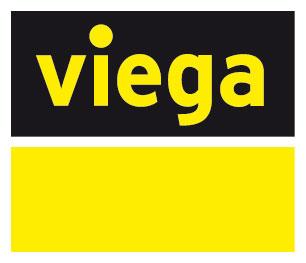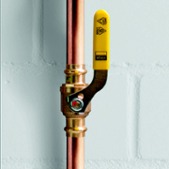While plants, businesses and offices disinfect surfaces in preparation for reopening, another danger could be lurking in the water pipes and should be addressed.
In many cases, water has sat largely stagnant in pipes for months, which, according to the Centers for Disease Control and Prevention (CDC), poses a risk of Legionella. When water is stagnant, hot water temperatures can decrease to the Legionella growth range of 77-108°F, 25-42°C. Stagnation also can lead to dangerously low levels of disinfectant, such as chlorine, and an increase in the presence of metals.
Purdue University conducted a study of available information and recommended best practices for reopening large buildings safely. Click here for the complete study.
Among the recommendations included in the study are these from the CDC:
- Ensure the water heater is properly maintained and the temperature is correctly set to at least 120°F. Higher temperatures can further reduce the risk, but beware of scalding.
- Flush hot and cold water through all points of use (showers, sink faucets etc.) until the hot water reaches its maximum temperature. Flushing may need to occur in segments (floors, individual rooms) depending on facility size and water pressure. The goal is to replace all water inside the piping system with fresh water. Other water-using devices, such as ice machines, may require additional steps, such as discarding old ice.
- Clean all decorative water features, such as fountains, ensuring that they’re free of visible slime and biofilm. After the water feature has been refilled, measure disinfectant levels.
- Ensure cooling towers are maintained, including startup and shutdown procedures, per manufacturer’s guidelines and industry best practices.
- Ensure safety equipment, including fire sprinkler systems, eye wash stations and safety showers are clean and well-maintained.
- Work with the local water utility to learn about any recent disruptions in the water supply. Once the water system has returned to normal, check frequently for Legionella and other contaminants.
The American Water Works Association offers additional flushing instructions, but notices that each plumbing system varies, according to the structure. Its recommendations:
- Remove or bypass devices like point-of-entry treatment units prior to flushing.
- Take steps to prevent backflow or the siphoning of contaminants into plumbing (e.g., close valves separating irrigation systems from home plumbing, disconnect hoses attached to faucets, etc.)
- Organize flushing to maximize the flow of water (e.g. opening all outlets simultaneously to flush the service line and then flushing outlets individually starting near where the water enters the structure).
- Run enough water through all outlets (e.g., hose bibs, faucets, showerheads, toilets, etc.), removing aerators when possible. Typical durations in existing protocols range from 10 to 30 minutes for each outlet (duration varies based on outlet velocity).
- Flush cold water lines first, then hot water lines. Note: the hot water tank can be drained directly; it can require roughly 45 minutes to fully flush a typical 40-gallon hot water tank.
- Replace all point-of-use filters, including the filter in refrigerators.
- Additional precautions may be warranted if there is excessive disruption of pipe scale or if there are concerns about biofilm development. Actions that might be warranted include continued use of bottled water, installation of a point-of-use device, or engaging a contractor to thoroughly clean the plumbing system.








